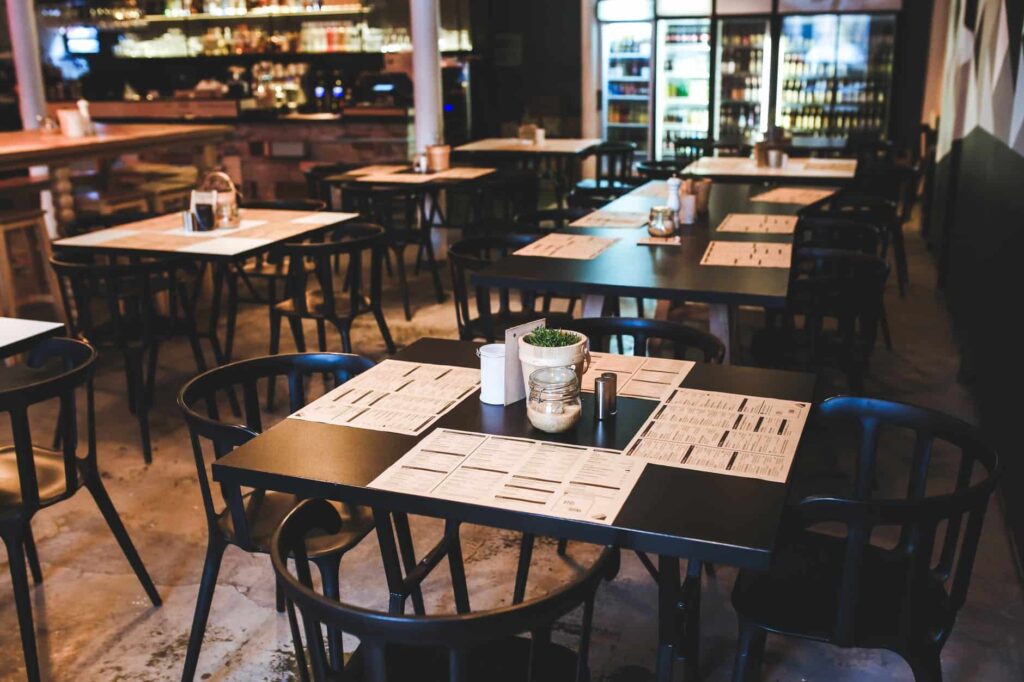Creating Your Restaurant Menu
When starting a high volume independent restaurant, you need to think about creating your restaurant menu. Creating a menu can be tough – picking which foods to offer is overwhelming, stressful, and can really affect your business in the long run!Different Menus for Different Types of Restaurants
Different kinds of restaurants require different kinds of menus. Not every restaurant serves pizza or bar food. Make sure you don’t add random things that don’t fit with your restaurant’s theme onto your menu. Keep it consistent, no one goes to an Italian restaurant for tacos! You also have the choice to make menus a la carte or not. Having many a la carte items allows your customers to pick and choose meals as they like. This eliminiates set meals with sides that can’t be swapped out or incur extra pesky charges.Menu Size
Something to bear in mind when creating a menu is to provide enough of a range to your customers without overwhelming them. An easy menu also minimizes mistakes while orders are being taken and offer personnel less details to remember. A menu with a smaller sized series of offerings will likewise make it much easier for you to handle your stock and to lower food waste.Seek Advice from a Chef
Chef’s know their food and dishes inside and out, so if you’re stuck on what to add to your menu – ask your chef! With their expert knowledge you can craft special meals with particular sides and mains that complement each other perfectly. You can also learn from your chef which meals may take longer to make than others and which are quicker so you can give your customers reasonable expectations.
Kitchen Area and Devices
Your menu possibilities might be restricted by the size of the cooking area that you have or by the devices that are needed to cook. Do an evaluation of the devices that you have and how much space you have. Be wary of any meals that take up large areas of your kitchen space or require special devices. Of course, if you grow your business you can expand your kitchen but it’s best to start small. Once you have success – then you can grow!Something for Everybody
When creating a restaurant menu you need to think about the broader scope of customers and smaller groups too. Think about including a kids menu if it’s appropriate – families will appreciate the option of smaller portions for their children. Also think about adding gluten-free, vegetarian, and vegans options on your menu for those with restricted diets. Be sure to list common allergies like dairy and peanuts next to food to make ordering easier for customers with dietary needs.Meal Customization
One good concept is to permit your consumers to have some input into the meal that they wish to buy. At the standard level they might simply be selecting in between french fries or a baked potato. To take it an action even more they might be selecting sauces, salad dressings, various type of cheeses or the strength of spices such as chili that might be contributed to the meal.Multiple Menus
More and more places are utilizing multiple menus to cut down on food waste. Use one menu for breakfast, one menu with sandwiches and light salads for lunch, and one more comprehensive menu for dinner. Your restaurant menu may need to be divided like this not only to save on waste but also to make it easier for customers to order. The menu will be smaller and easier to choose from. It’s also a good idea to have special set menus on holidays and during busy times of the year like Christmas.
You can also visit related posts through the links below :



 Powered by
Powered by